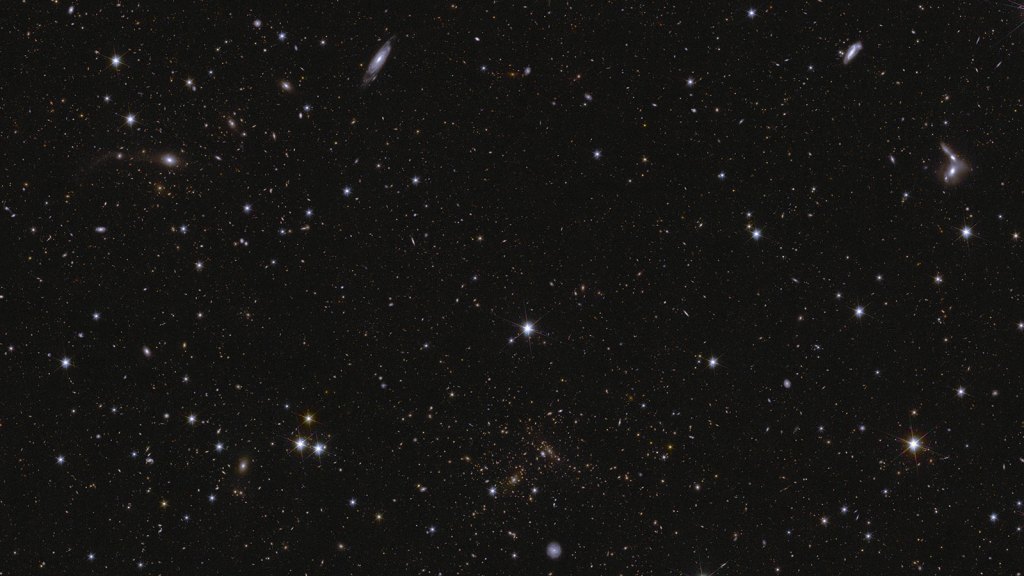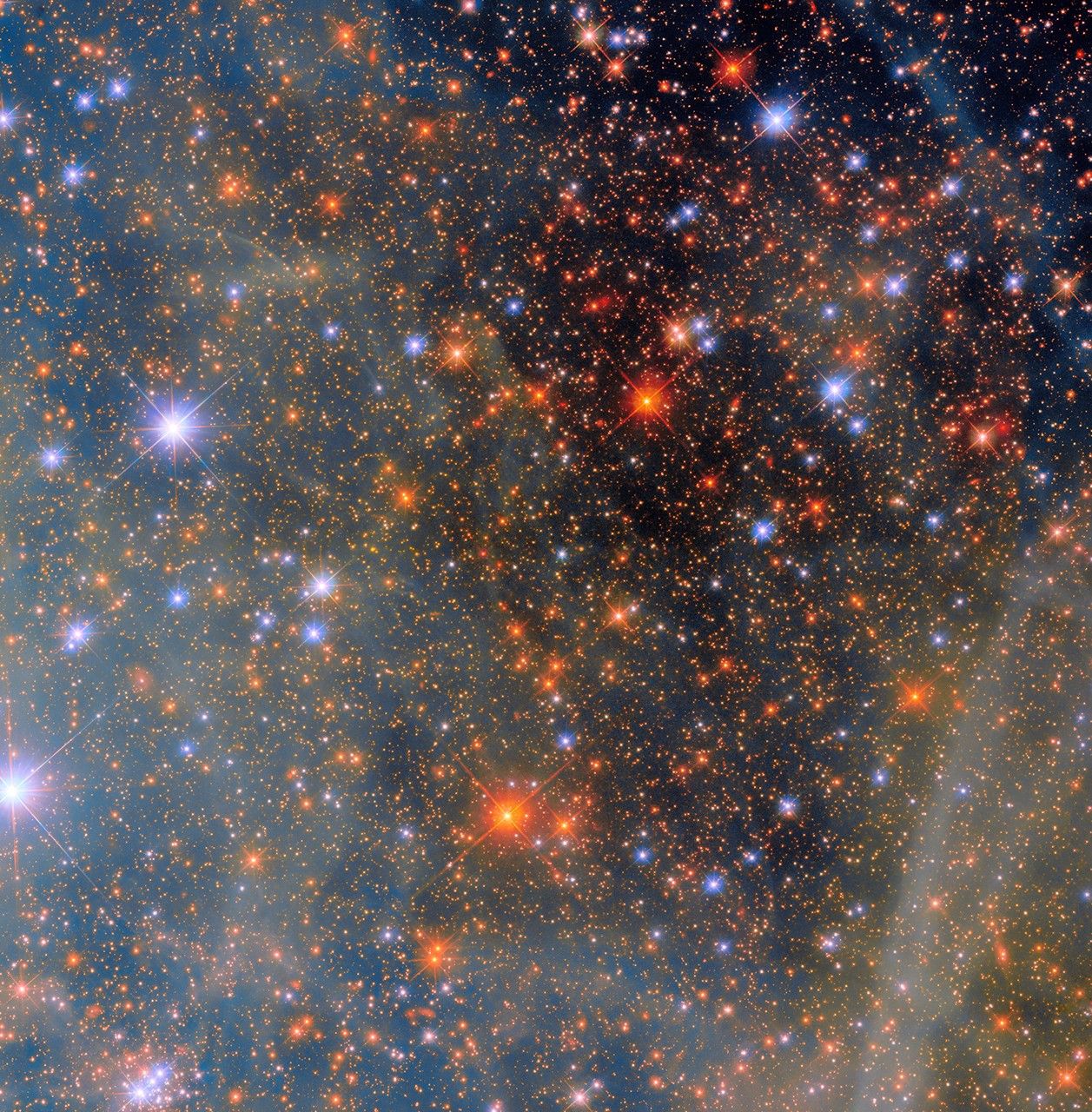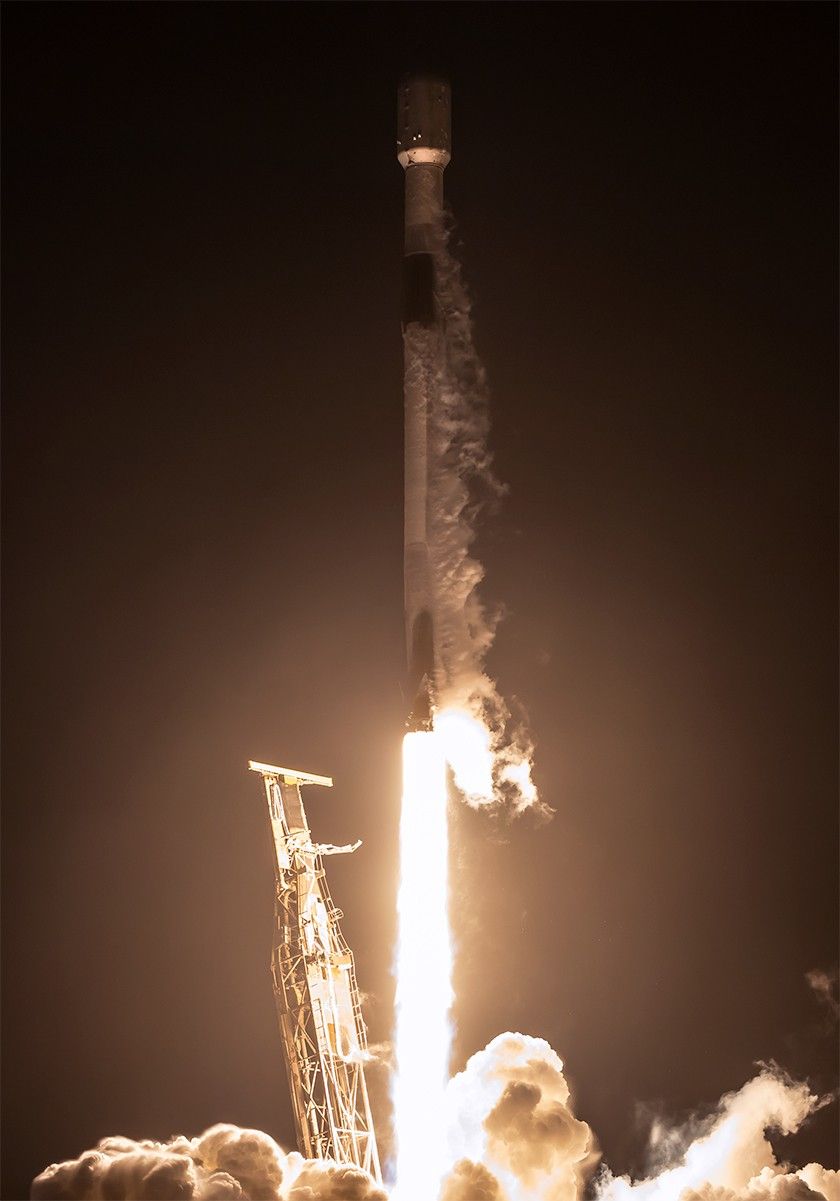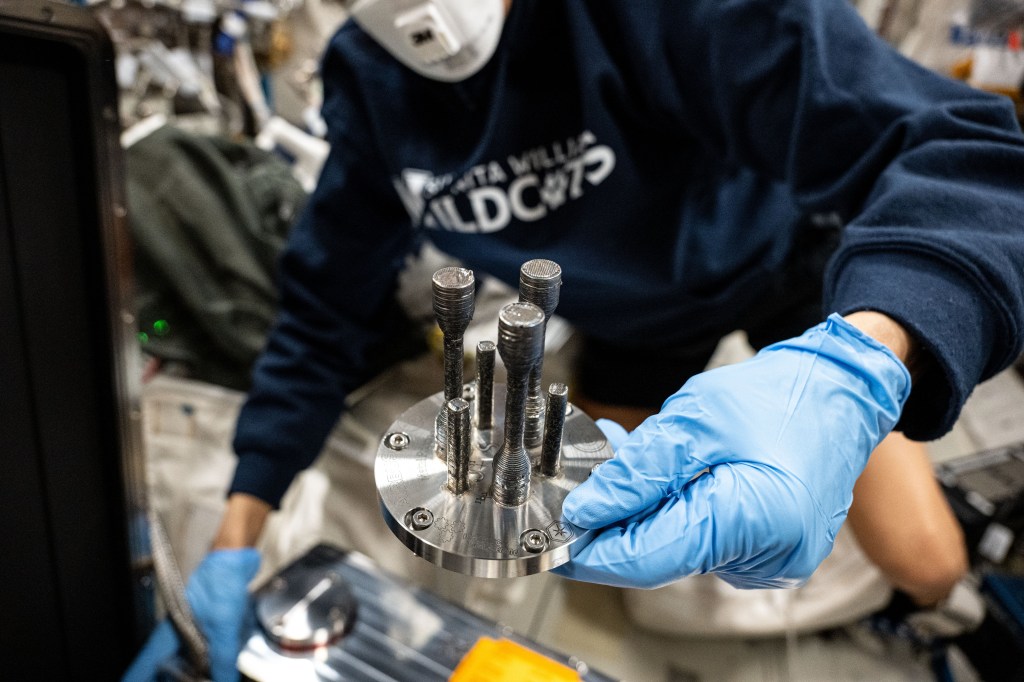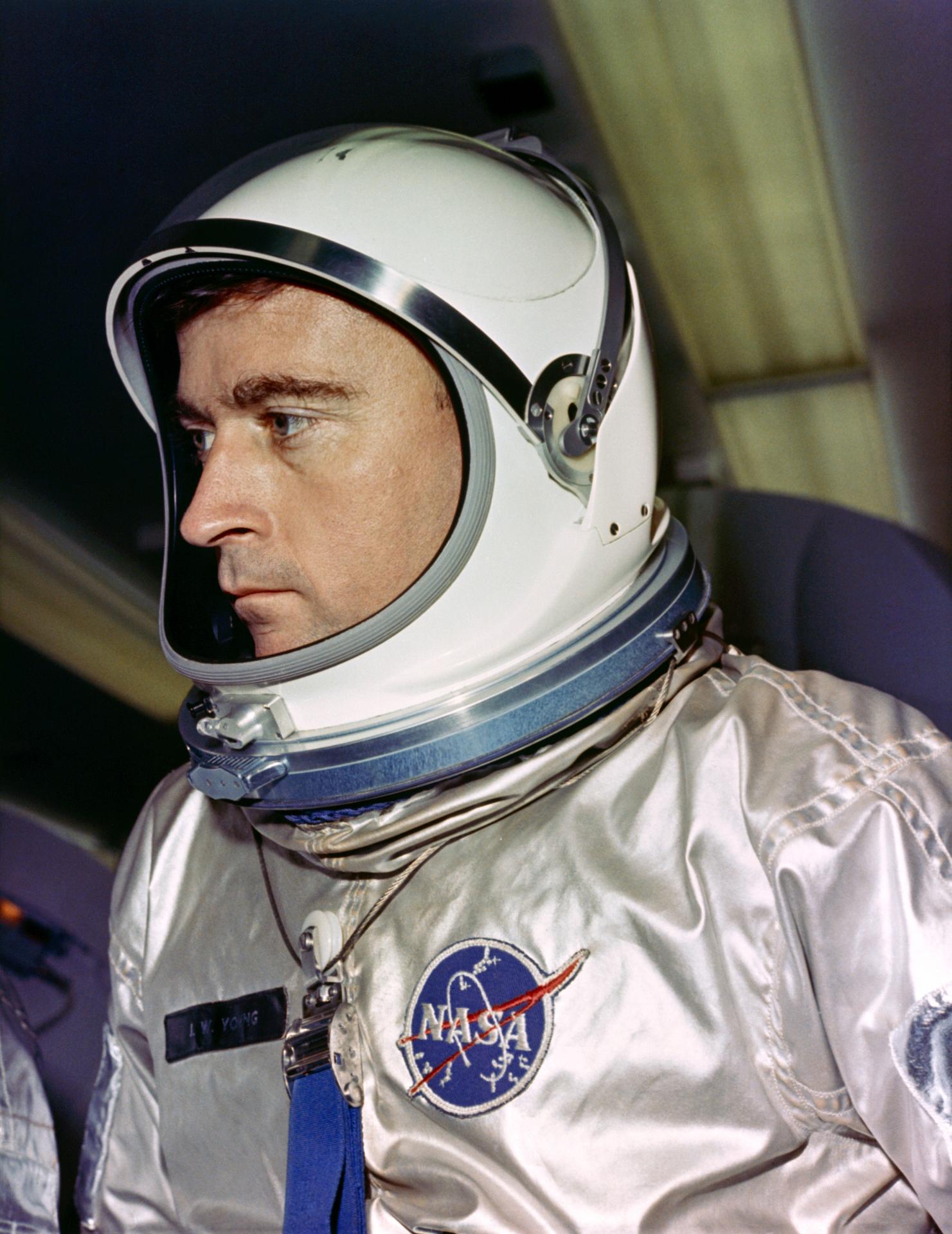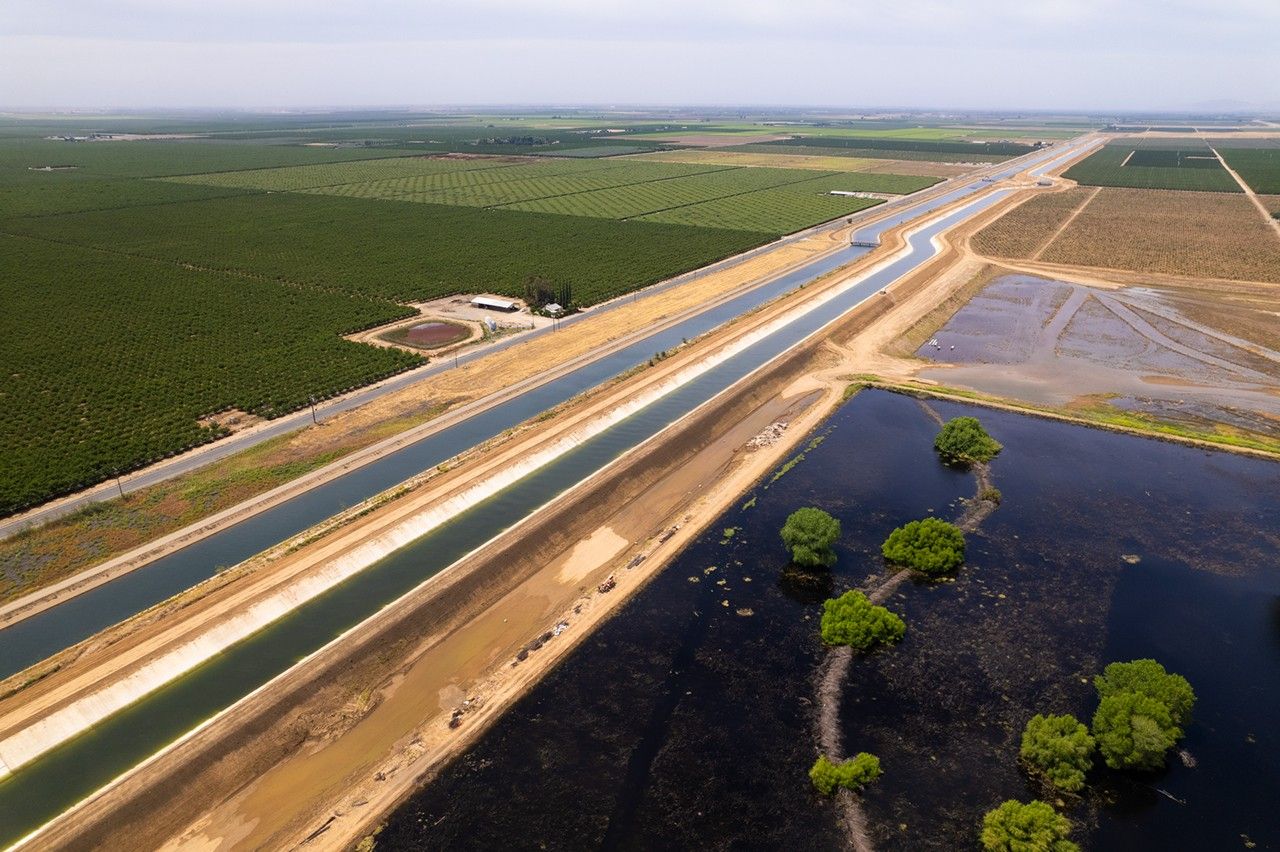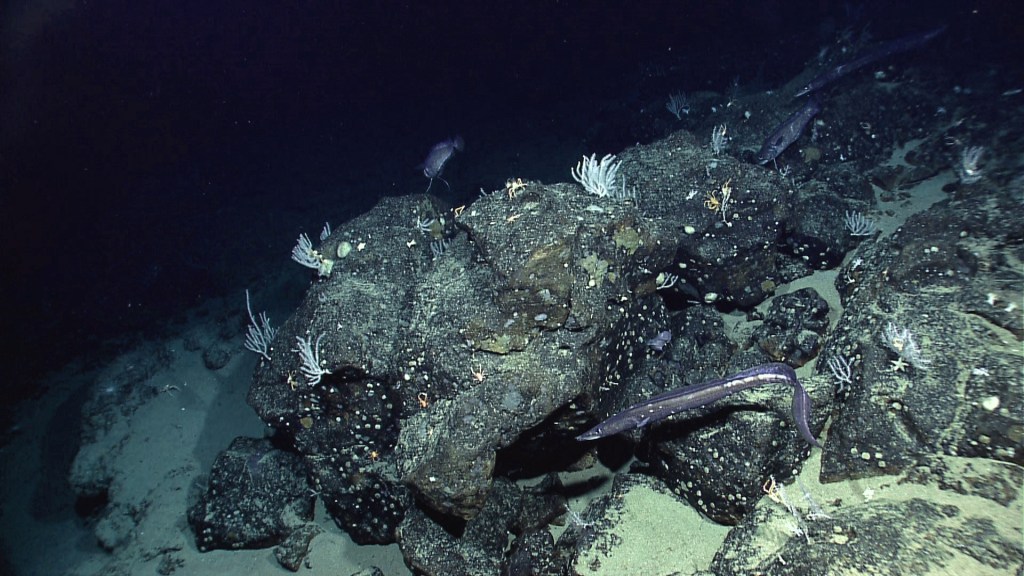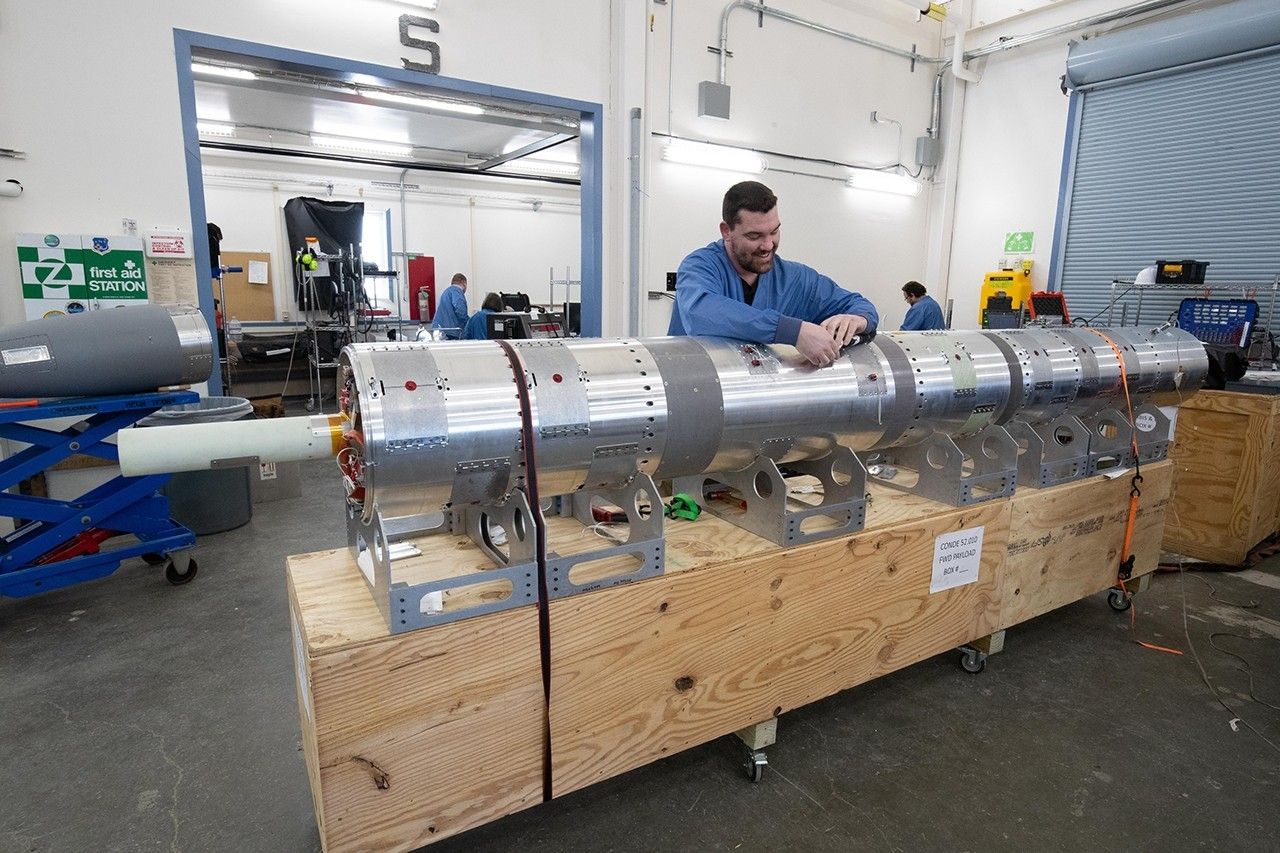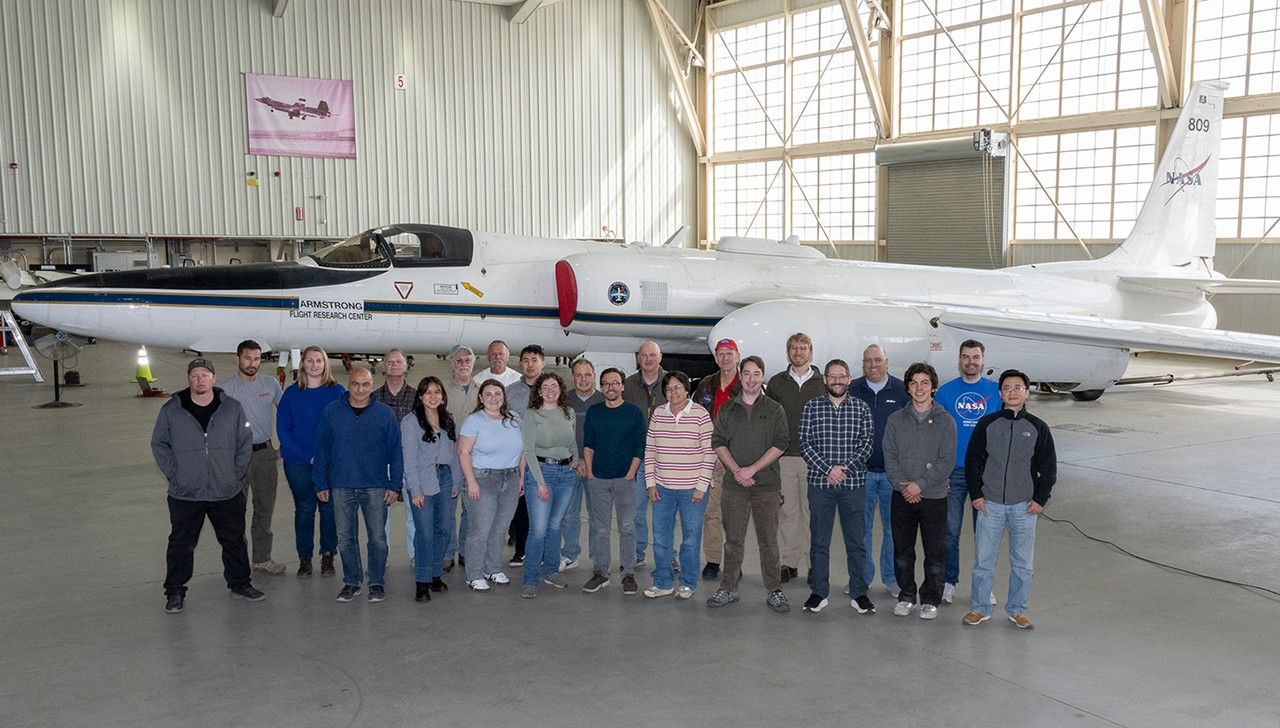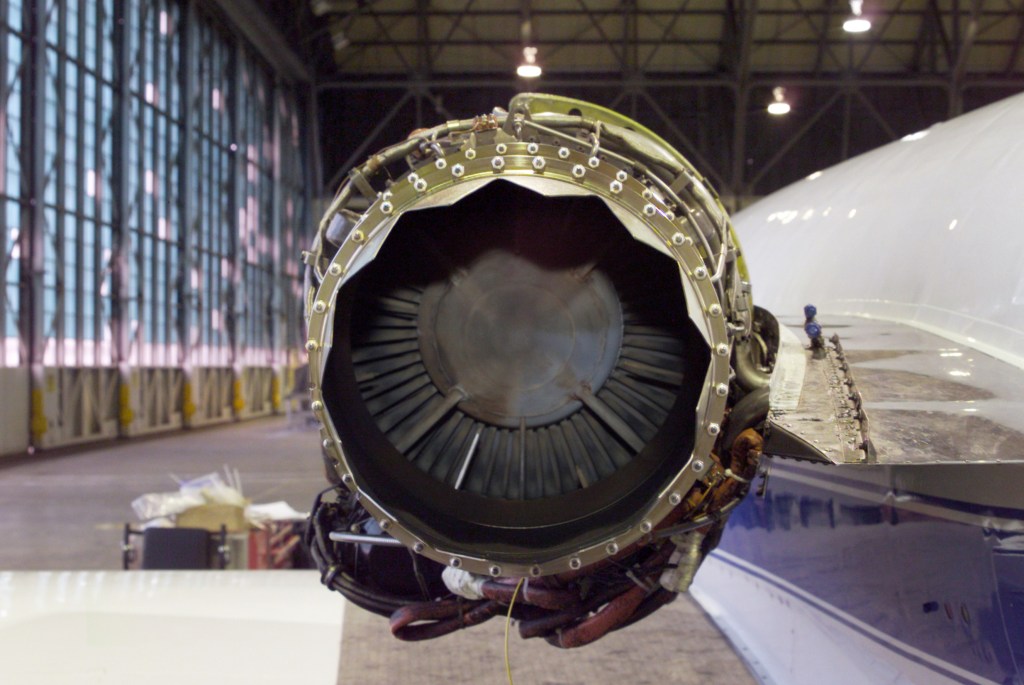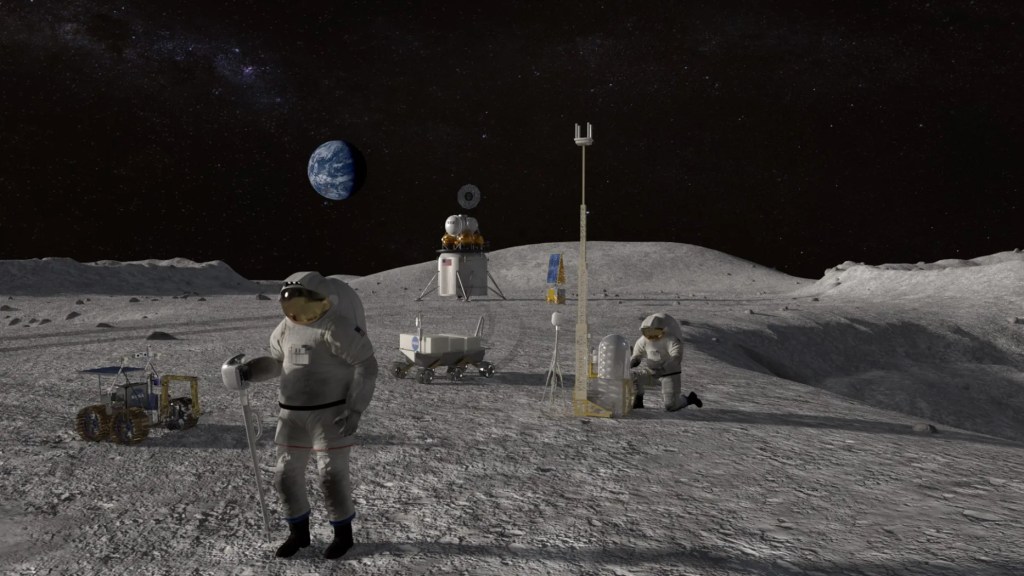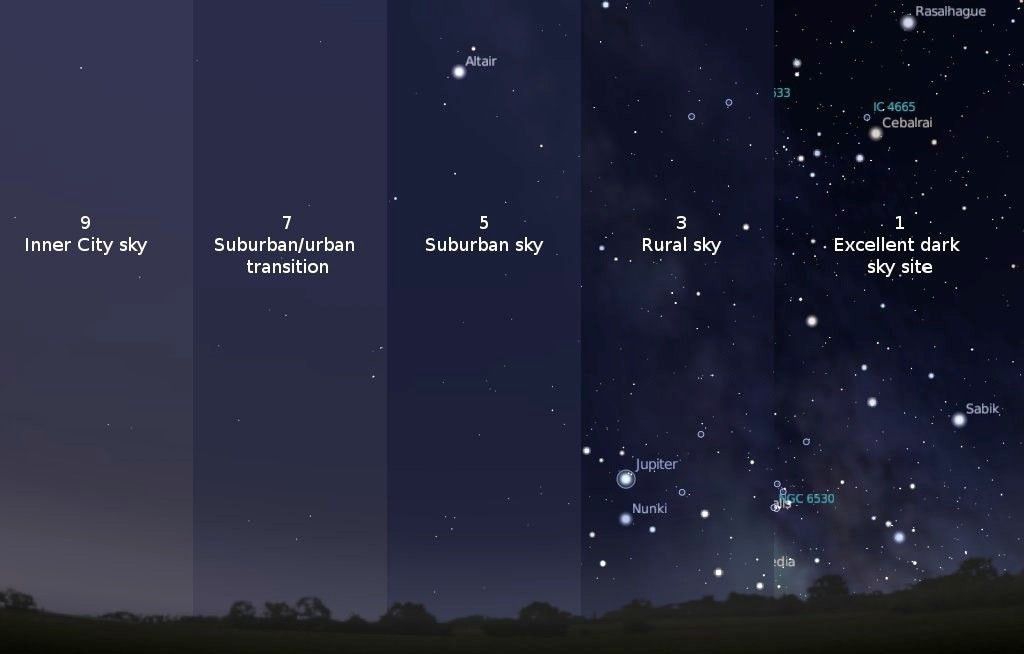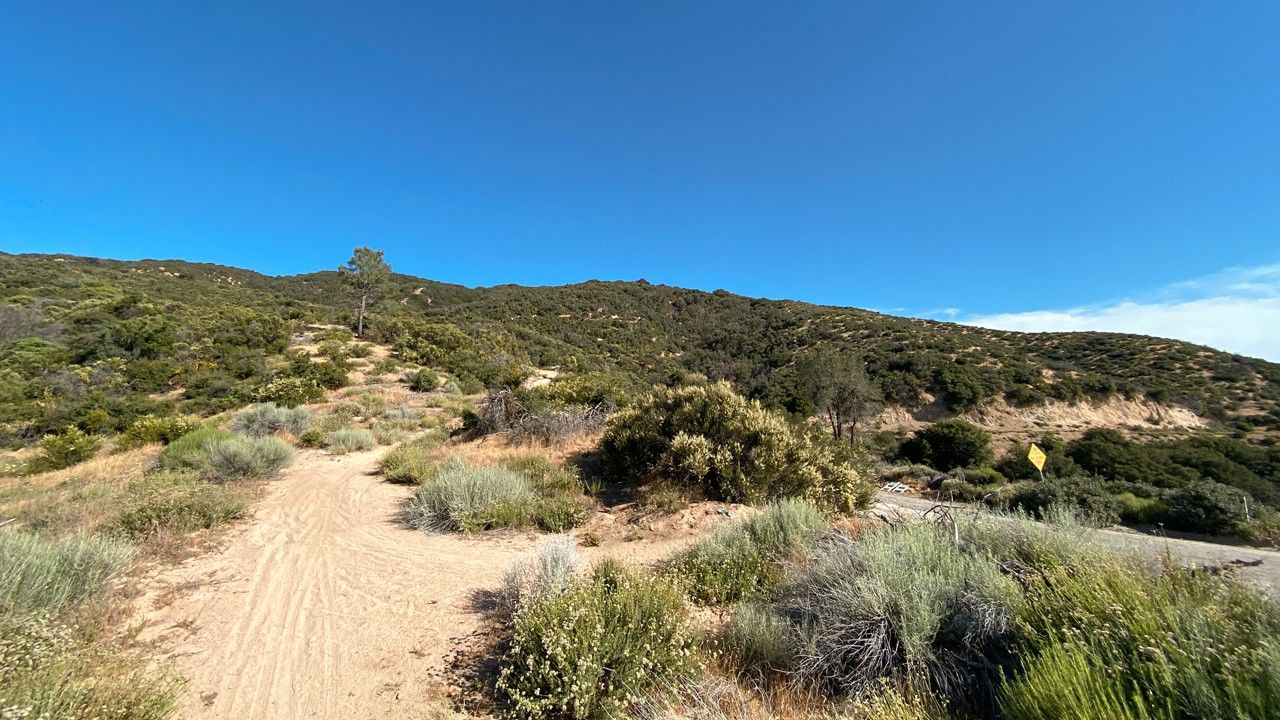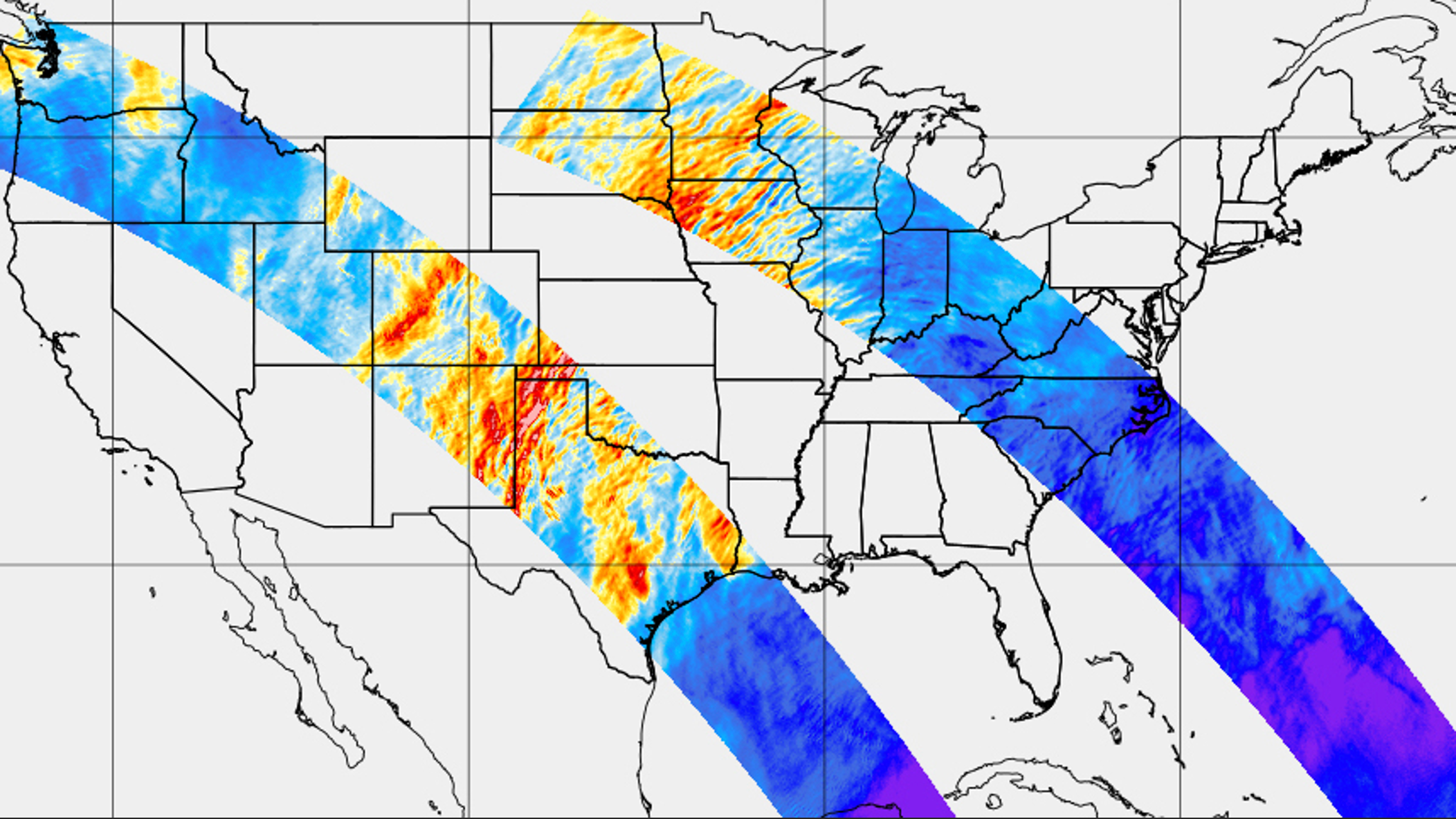If you're hoping to do some skywatching, but you're not quite sure how to find a great spot, we have you covered. Here are some key things to know about how to find the best places for stargazing.
Are you feeling wistful for star-streaked views of the night sky? Hoping to get the most out of a meteor shower? Or perhaps you live in a large city and you've never even seen the Milky Way?
If you're hoping to do some skywatching, but you're not quite sure how to find a great spot, we have you covered. Here are some key things to know about how to find the best places for stargazing.
A darker sky means more stars
To begin with, you need dark skies away from city lights to see more stars. This is especially true if you want to be able to see the Milky Way. There are many more faint stars in the sky than bright ones, and only the brightest stars and planets are brilliant enough to see in bright, urban skies.
The reason for this is light pollution – stray light from urban areas scattered into the night sky. Light pollution is stray light from parking lots, sport complexes, street lights, and other human activity. It's a combined effect of scattered light from these things that manifests as a glow in the night sky. The larger and more developed a city is, the more light pollution it tends to produce.
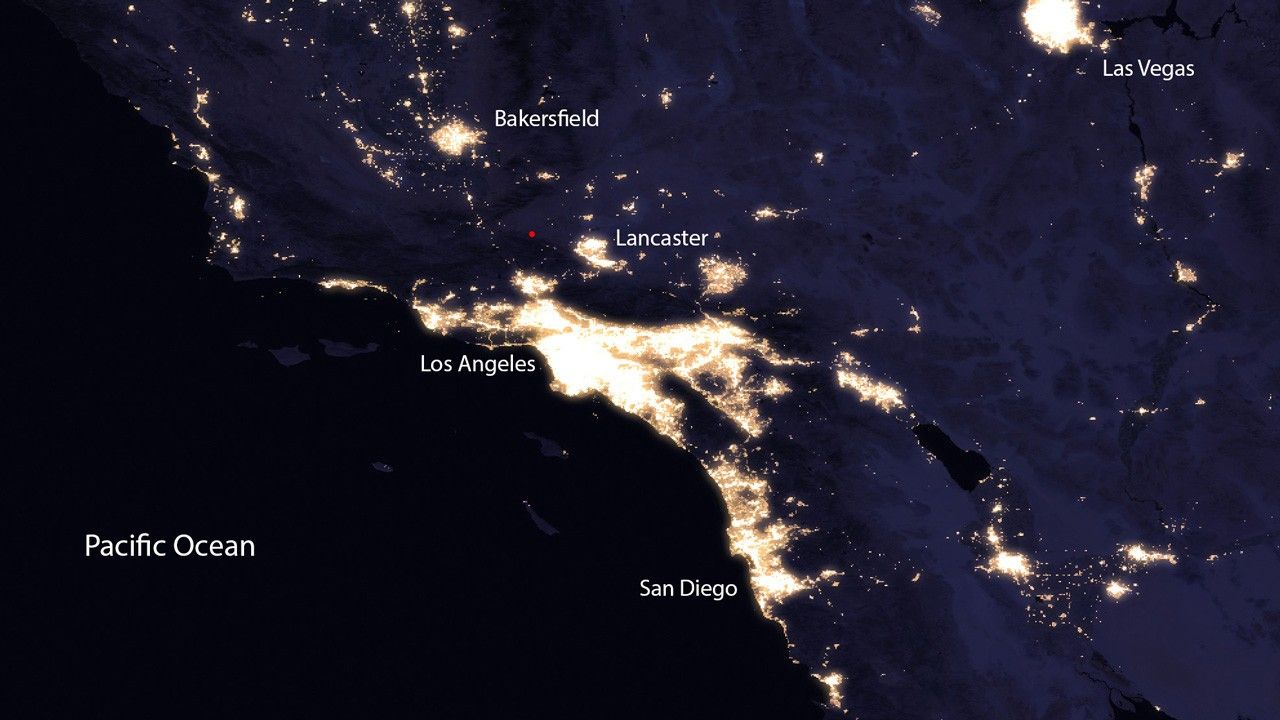
For observing faint stars and meteors, the darker the sky, the better. The amount of skyglow from light pollution diminishes as you venture farther outward from a population center. So heading outward from town, at least 20 to 30 miles from the city limits, is key.
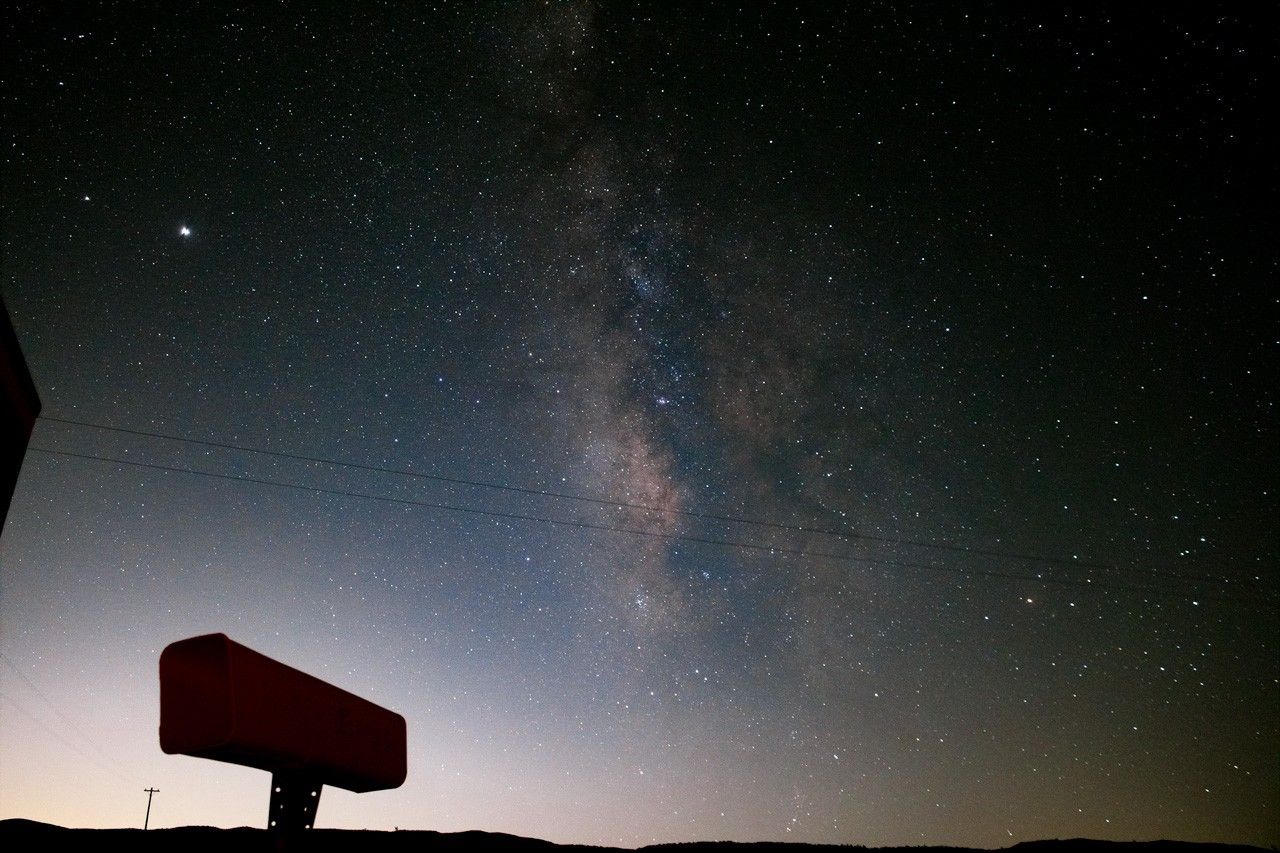
If you live near mountains, they can help to block light. Putting a ridge of mountains between you and the city can make a big difference. An alternative is get to the other side of a large wilderness area or body of water. Depending on how far outside of town you venture, you'll likely still see a glow on the horizon in the direction of the city.
There's a numeric scale, called the Bortle scale, to help would-be stargazers know how bright the sky is likely to be above a given location. It has nine levels, from class 1, which is the darkest sky you can find on Earth, to class 9, which is the most light-polluted city sky. You'll only see the brightest stars and planets amid the glow of a Bortle-class-9 sky. For most of us, getting to a Bortle-class 3 or 4 location is dark enough for a great evening of stargazing. To get to darker sites generally requires long drives to remote spots, but it can be worth it! There are a variety of websites and apps that provide maps of light pollution and Bortle ratings.
What kinds of areas have better dark sky conditions?
Getting farther way from population centers is key, but there are some other factors that can enhance your stargazing. Being at higher altitude helps, because you'll be above the dense air at low altitudes that contains hazes, fog, and smoke that mask your view of the stars. If you can safely get to a viewing location a couple thousand feet above the surrounding area, it can make for clearer skies.
You don't have to find locations super far from roads or highways, either. As long as there aren't lots of bright lights nearby, you can find decent spots quite close to well-traveled highways. This is because light pollution is a cumulative effect, so it's worse the closer you are to more developed areas.
It also matters which direction you observe. You might have a dome of light pollution from a city 30 to 50 miles away on one horizon, but spin around the opposite direction and you could find a much darker sky. You also might find a great spot for stargazing under a moderately dark sky, with a view that looks toward an area under a significantly darker sky. An example is a mountain campground under Bortle class 4 sky, with great views in the direction of a Bortle class 3 sky over the ocean.
Let's say you want to observe Milky Way, and the stargazing app on your mobile device tells you it will be rising in the southeast early in the evening. Thus, you'll find the best visibility by going to a location where there's no large city center between you and the southeastern horizon.
You'll also want to check the weather for the area you're considering, because even the best spots are too cloudy sometimes. Other factors to check include winds, temperatures, and even smoke from wildfires. All of these can potentially affect your seeing conditions as well as your stargazing experience.

